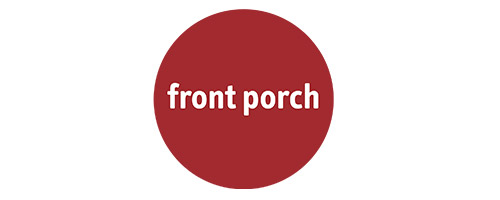We can't improve what we don't measure
In working with older adults to improve their quality of life and maintain their dignity, we often start by taking baseline measurements to help determine the best course of action. The same approach is important in population health. Quite simply, we can't improve what we don't measure. Yet when it comes to older adult health, frailty and malnutrition are two specific areas where population health measurements are often lacking.
Frailty and malnutrition are important issues that face our growing older adult population. They cause significant functional decline and can prevent older adults from being able to live independently. Frailty is now one of the top 10 geriatric concerns and is clinically tied to increased risk of negative health outcomes such as falls, hospitalization, disability, and death. Data from the National Health and Aging Trends Study estimated that 15% of community dwelling older adults were frail and 45% were pre-frail. Sarcopenia and unintentional weight loss--core characteristics of the frail phenotype--are intrinsically linked to malnutrition. Malnutrition, and specifically under-nutrition, is related to the same list of poor health outcomes, which makes diagnosis of this condition and prevention vital for minimizing healthcare costs and improving patient quality of life.

Our U.S. national surveys provide critical data on Americans of all ages. The data from these surveys are used to identify specific health problems and to identify groups that may be most impacted so that vital resources reach the people most in need. For example, the National Health and Nutrition Examination Survey (NHANES), conducted by the Centers for Disease Control and Prevention (CDC), collect information on the health of our nation, from healthcare utilization to the chronic diseases and health problems burdening members of our population. To determine which surveys specifically collect measures that can be used to estimate the percentage of the population that may be at risk of frailty or malnutrition, we recently analyzed 7 large national US health surveys (Medicare Current Beneficiary Survey, NHANES, National Health Interview Survey, National Health and Aging Trends Study, National Survey of Older Americans Act Participants, Current Population Survey-Food Security Supplement, and the Medicare Health Outcomes Surveys). We found that while most surveys included at least one measure (e.g., unintentional weight loss), not one contained all necessary screening data to properly monitor the prevalence of frailty and risk of malnutrition in the older adult population.
Ensuring that our U.S. national surveys collect more complete data to estimate the percentage of older adults who may be at risk for frailty or malnutrition is essential for establishing health objectives and action plans. Such data allows policy makers at local, state, and national levels to work together to provide resources on these two treatable conditions. In a healthcare environment focused on preventive, patient-centered care and cost effectiveness, it is important to have the national data necessary to set goals for identifying and intervening for frailty and malnutrition risk.
Supporting healthy aging for older adults is a priority for ICAA members. Providing such support can become more of a priority for policy makers when there is population health data on risks for conditions like frailty and malnutrition that can impact intrinsic capacity as well as health and functional outcomes.
Resources
Frailty: http://aginginmotion.org/
Malnutrition: http://www.defeatmalnutrition.today
Healthy eating for older adults
https://www.nia.nih.gov/health/healthy-eating
and
https://www.choosemyplate.gov/older-adults
Regular Physical Activity and exercise
https://go4life.nia.nih.gov/
and
https://www.cdc.gov/physicalactivity/basics/older_adults/index.htm
Regular doctor or healthcare provider/registered dietitian nutritionist check-ups
https://healthfinder.gov/myhealthfinder/
and
https://www.eatright.org/find-an-expert
Author
Jaime J. Gahche, M.P.H., Nutritional Epidemiologist, Office of Dietary Supplements, National Institutes of Health
Note: This information is not intended to replace a one-on-one relationship with a qualified healthcare professional and is not intended as medical advice. It is intended as a sharing of knowledge and information from research. The view expressed here are not necessarily those of the ICAA, we encourage you to make your own health and business decisions based upon your research and in partnership with a qualified professional.
Share
































